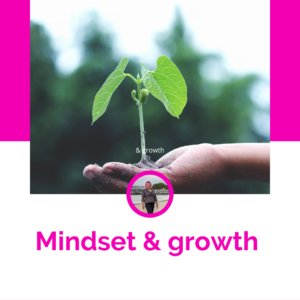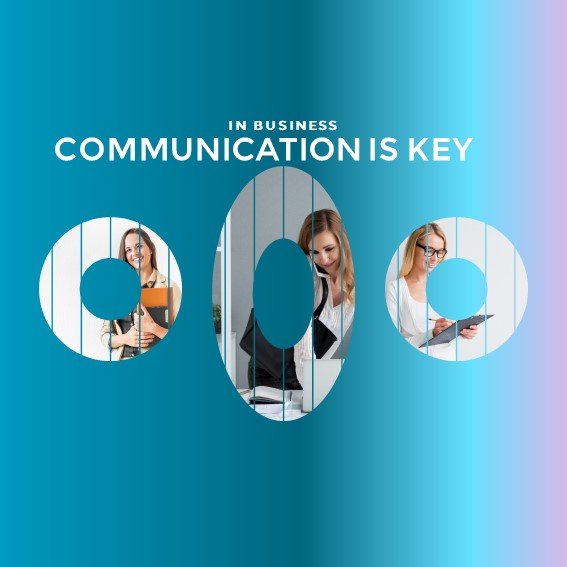Working with a team can sometimes be difficult. There are varying personalities, and people who want your attention. For some new leaders this can be very confronting. For others, it is just what they wanted.
Either way, self-awareness is going to benefit you and the team. Having emotional intelligence will assist you greatly with the ability to effectively lead. It involves a deep understanding of one’s own emotions, strengths, weaknesses, values, and impact on others.
Not only is it about being ‘self’ aware, it also supports leaders to be better at recognising the strengths and weaknesses of their team members, allowing them to assign tasks more effectively and optimise team performance.
I have noticed whilst working with others, and in my own journey, that when leaders acknowledge their own flaws and commit to self-improvement, it motivates team members to do the same. and this in turn creates a culture of continuous growth and development, opening up so many more opportunities.
The Power of Choice from Self-Aware Leadership
As leaders, we often face challenging situations that can trigger automatic responses. However, one of the most empowering aspects of self-awareness is the recognition that we always have a choice in how we respond. This understanding can transform our leadership approach and, by extension, our team‘s dynamics and performance.
When you become more attuned to you, you can consider what you might stop, keep or start doing to be the best version of you, as a person and as a leader.
Viktor Frankl, a renowned psychiatrist and Holocaust survivor, famously said, “Between stimulus and response, there is a space. In that space is our power to choose our response.” This concept is at the heart of self-aware leadership.
Often, our initial reactions to situations are automatic, based on past experiences, biases, or ingrained habits. Self-awareness allows us to recognise these automatic responses. By cultivating self-awareness, we can create a mental “pause button” that allows us to step back from our immediate reactions and consider alternative responses.
We can choose how we emotionally respond to situations. Instead of reacting with frustration or anger, we can choose patience or curiosity. By taking this pause, we have a choice in how we communicate. We can opt for assertiveness over aggression, or empathy over indifference.
The Gap Between Stimulus and Response: Your Leadership Superpower
Viktor Frankl’s insight about the space between stimulus and response is more than just a philosophical concept, and it truly helped him to survive internment. It is a practical tool that can revolutionise your leadership approach.
Understanding the Concept
- Stimulus: This is any event or situation that occurs in your environment. It could be a team member’s mistake, a project setback, or even positive news like exceeding targets.
- Response: This is how you react to the stimulus. It includes your thoughts, emotions, and actions.
- The Gap: This is the critical space between the stimulus and your response. It’s where the magic of choice happens.
Recent neuroscience research supports Frankl’s observation. When we encounter a stimulus, our amygdala (the brain’s emotional center) reacts almost instantly. However, it takes a fraction of a second longer for the prefrontal cortex (responsible for rational thinking) to engage. This slight delay is our opportunity to choose our response.
Imagine a scenario where a team member presents a project update that falls far short of expectations. Your immediate impulse might be frustration or disappointment. However, by recognising the gap, you can:
- Take a deep breath
- Name your emotion (“I’m feeling disappointed”)
- Ask yourself, “What does this team member need from me right now?”
- Choose a response that addresses the issue constructively while maintaining the team member’s motivation and engagement
Like any skill, expanding this gap takes practice:
- Start Small: Begin by noticing the gap in low-stakes situations.
- Reflect Daily: At the end of each day, identify moments where you successfully used the gap and moments where you could have used it better.
- Seek Feedback: Ask trusted colleagues to point out when they notice you pausing before responding.
Remember, the gap between stimulus and response is where your true power as a leader lies. It’s not about suppressing your initial reactions, but about giving yourself the space to choose the most effective response.
Self awareness isn’t just about doing it alone. Create a support network. These are the trusted people you can rely on for a vent, conversations, advice, check-ins and extending your networks. They will tell you what you need to hear, not what you want to hear. Leadership can be hard enough at times – do not go it alone.
When leaders demonstrate self-awareness, it encourages team members to also develop this skill, creating a more emotionally intelligent and high-performing business. By mastering this skill, you’ll not only become a more effective leader but also create a more positive, productive, and resilient team environment.
Unlock your true potential and lead with authenticity, clarity, and purpose. Our 12-week Transformational Leader Package is your gateway to extraordinary personal and professional growth. Work with tools that provide agency to be the best YOU, you can be. Have support to activate your own thinking processes of influence.
Don’t wait to become the leader you were meant to be. Contact us today. ⬇⬇



